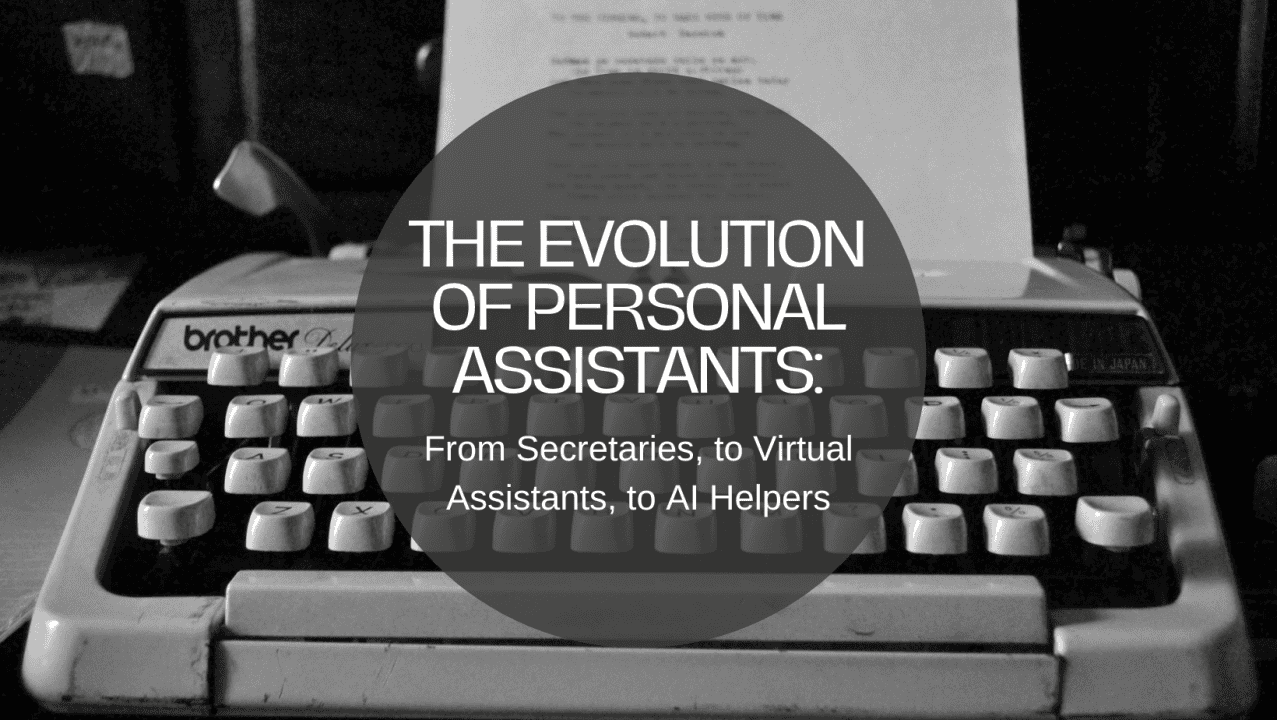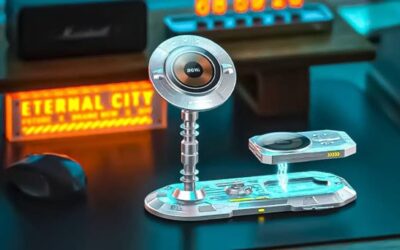In the fast-evolving world of technology, artificial intelligence (AI) has seamlessly integrated into our daily lives, bringing forth an era of intelligent personal assistants. These AI-powered gadgets, ranging from smartphones to wearable devices, have revolutionized the way we communicate, work, and manage our day-to-day activities. With advancements in machine learning, natural language processing, and cloud computing, personal AI assistants have become smarter, more intuitive, and indispensable.
The Evolution of AI Personal Assistants
AI personal assistants have come a long way from their rudimentary origins. Initially, digital assistants were limited to basic voice recognition and simple command execution. However, modern AI-powered assistants leverage deep learning algorithms, real-time data processing, and cloud integration to offer a highly personalized user experience. Tech giants such as Apple, Google, Amazon, and Microsoft have led the innovation in this domain with their respective AI assistants—Siri, Google Assistant, Alexa, and Cortana.
The rise of generative AI models, such as OpenAI’s ChatGPT and Google’s Gemini, has further enhanced the capabilities of personal assistants, enabling them to provide contextual responses, generate human-like conversations, and even assist in creative and technical tasks.
AI Gadgets: The New Wave of Smart Assistants
Beyond smartphones, AI-powered gadgets are becoming more compact, efficient, and accessible. Some of the most prominent AI-integrated devices include:
1. Smart Earbuds and Wearables
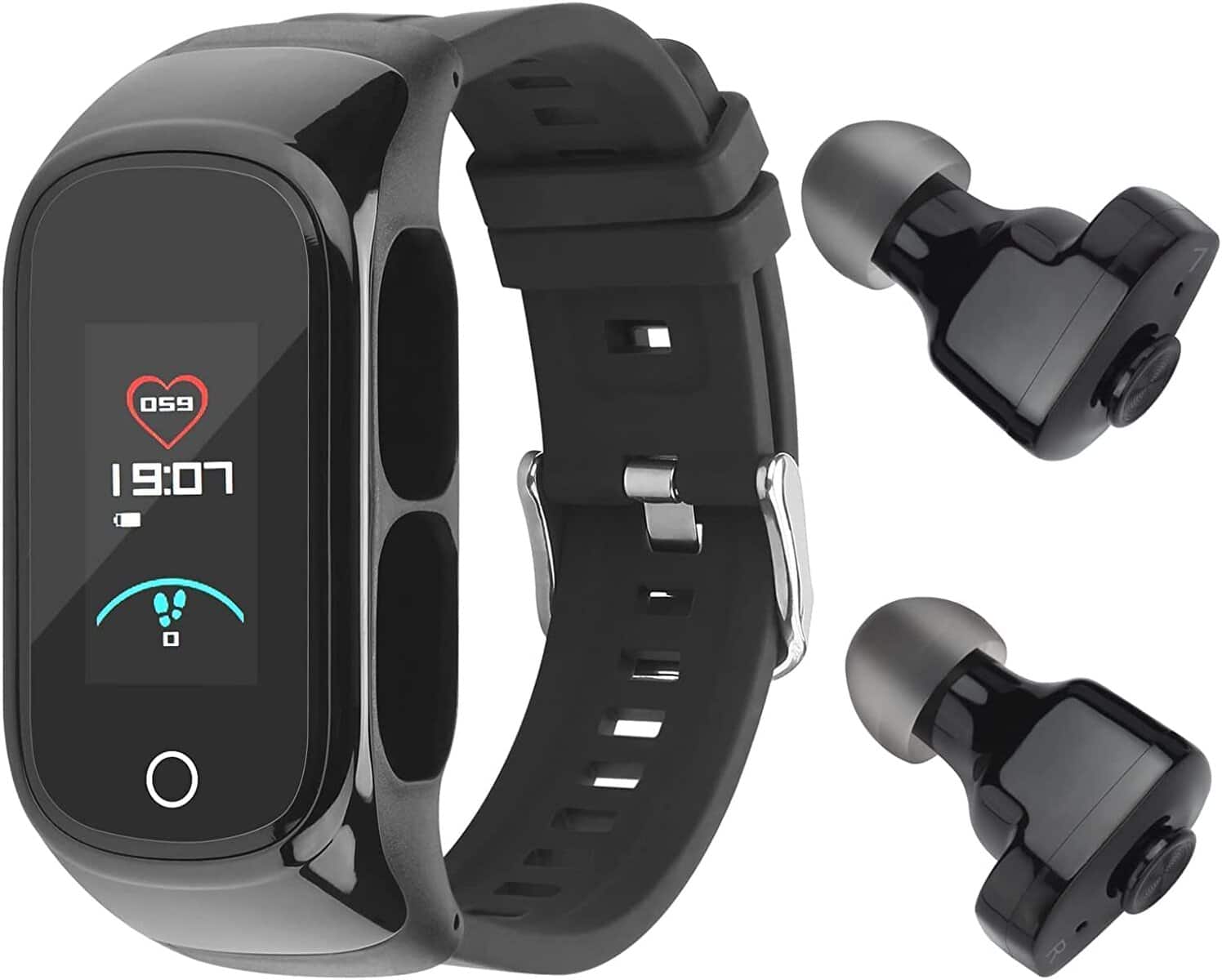
Smart earbuds like Apple’s AirPods Pro and Samsung Galaxy Buds now feature AI-driven noise cancellation, real-time translation, and voice assistant integration. Wearables such as the Apple Watch and Fitbit leverage AI to monitor health, track fitness, and provide predictive analytics for wellness.
2. AI-Powered Smart Glasses
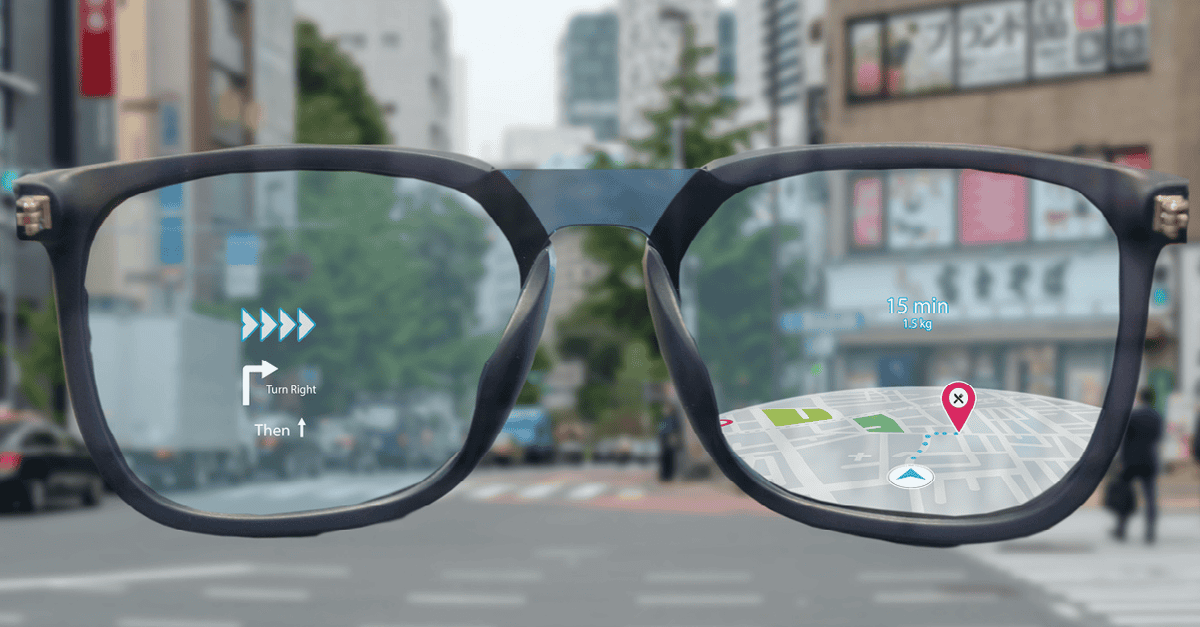
Companies like Meta, Ray-Ban, and Google have developed smart glasses with AI-driven capabilities, such as real-time information display, navigation assistance, and language translation. These devices bridge the gap between augmented reality (AR) and AI, offering an interactive experience for users.
3. AI-Powered Smartphones
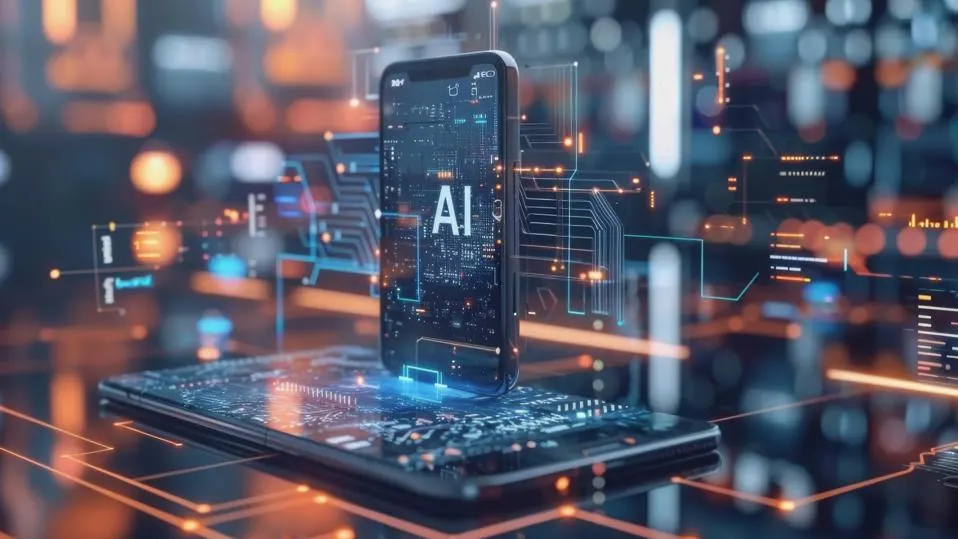
Modern smartphones, including the latest iPhones and Google Pixels, come with built-in AI capabilities that optimize battery performance, enhance photography, and streamline productivity tasks. AI-driven voice assistants on these devices can now schedule appointments, draft emails, and even manage smart home appliances.
4. Portable AI Translators
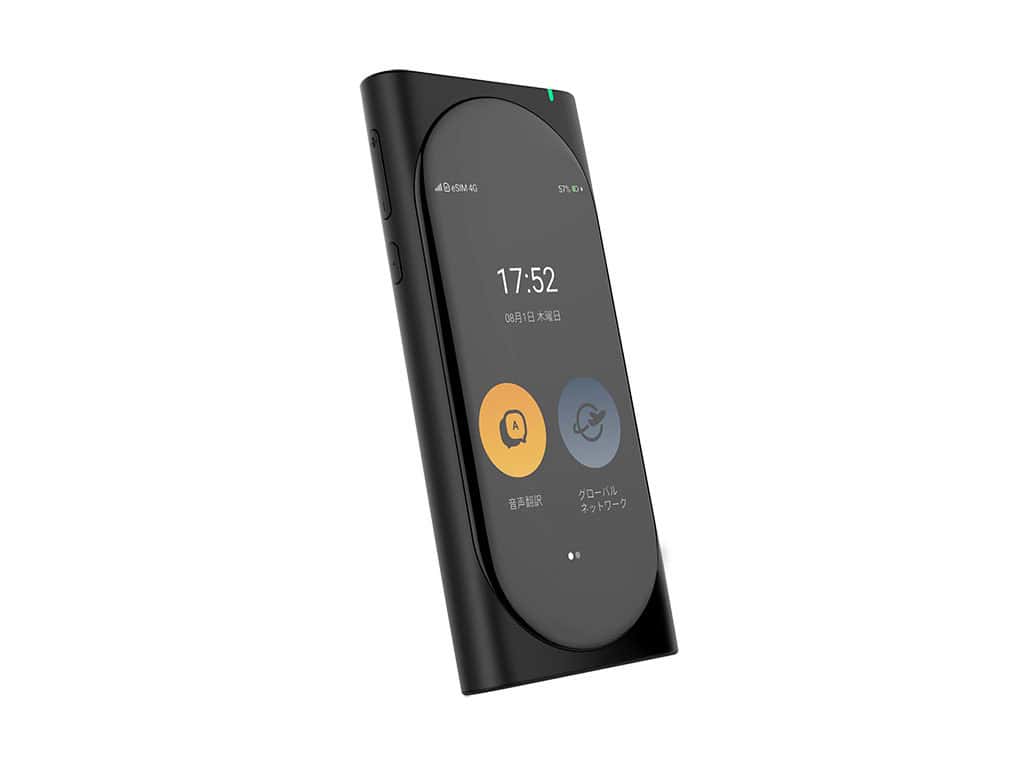
Real-time translation devices, such as the Pocketalk and Travis Touch, use AI to facilitate seamless communication across multiple languages. These portable gadgets help travelers, businesses, and multilingual users bridge language barriers effortlessly.
5. AI-Powered Home Assistants on the Go
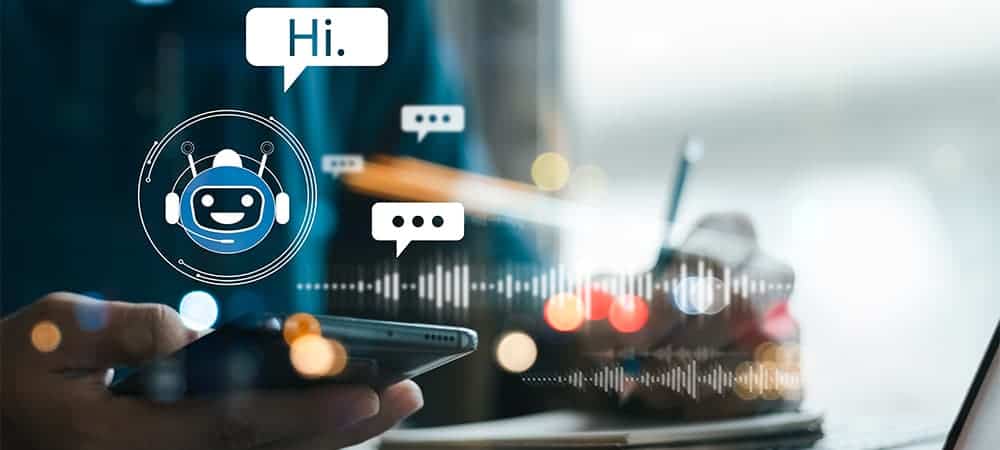
Compact AI home assistants, like the Echo Dot and Google Nest Mini, are now being integrated into portable versions, enabling users to carry their smart home controls anywhere. These devices can answer queries, control IoT devices, and provide personalized recommendations.
How AI Personal Assistants Enhance Everyday Life
AI-powered personal assistants offer numerous benefits that improve convenience, efficiency, and productivity. Some key advantages include:
- Personalized Assistance: AI assistants learn user preferences and habits, offering customized suggestions and automating repetitive tasks.
- Smart Scheduling and Task Management: Integration with calendars, reminders, and to-do lists allows AI assistants to streamline workflows and manage time effectively.
- Enhanced Security and Privacy: AI-driven authentication methods, such as facial recognition and voice ID, provide secure access to devices and sensitive information.
- Health and Well-being Monitoring: Wearable AI gadgets track physical activity, heart rate, and sleep patterns, providing valuable health insights.
- Improved Accessibility: AI-powered gadgets assist individuals with disabilities through voice commands, real-time captions, and smart navigation tools.
Challenges and Future Prospects
Despite their numerous benefits, AI personal assistants face challenges related to privacy concerns, data security, and ethical considerations. Ensuring responsible AI usage, transparency in data handling, and robust cybersecurity measures are critical to addressing these issues.
Looking ahead, AI personal assistants will continue to evolve with advancements in quantum computing, edge AI, and multimodal learning. Future innovations may include AI-driven holographic assistants, brain-computer interfaces, and more immersive augmented reality experiences.
Conclusion
The rise of AI-powered personal assistants has transformed the way we interact with technology, making our lives more connected, efficient, and intelligent. As AI continues to advance, the potential for smarter, more capable personal assistants will only expand, paving the way for a more seamless and intuitive digital future.

